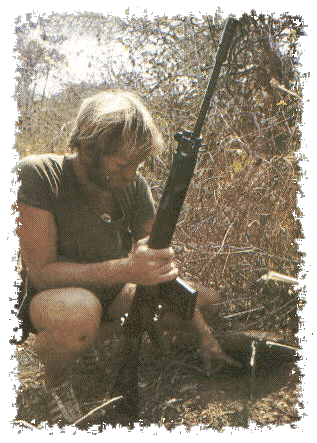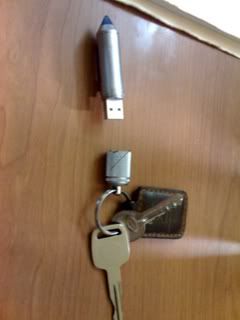In Baton Rouge, La., Gov. Kathleen Babineaux Blanco called for the evacuation of a nearly half a million people in the southwest portion of her state.
“Head north, head north,” she said. “You cannot go east, you cannot go west, head north. If you know the local roads that go north, take those.”
Noting the difficulty medical examiners have had in identifying the dead from Hurricane Katrina, Ms. Blanco offered morbid advice to those who refuse to evacuate. “Perhaps they should write their Social Security numbers on their arms in indelible ink,” she said.
——————————————————————-
Ok, I understand what Kathleen was trying to convey, that this was dire and people need to go. Especially if rescuers have to go in after people, and risk their lives in the process, all because someone did not want to leave. But this is where I think officials like this drop the ball.
The third statement she should have said, is that if you plan on staying behind, then you need to know how to signal rescuers that are flying around, and let them know your status.
I have already heard of stories out of the Galveston area in Texas, of rescuers risking life and limb to winch down from helicopters to people who did not want rescuing. That is crucial minutes and seconds wasted on rescue efforts that were not needed or necessary.
My solution to this is easy. If leaders who feel the need to issue reports like this to the public, gave folks the knowledge necessary to communicate with helicopter rescue crews out there, then the that would go a long ways towards making these rescue efforts more efficient and safe.
So with that said, let me introduce the Internationally recognized Emergency Distress Signaling charts. I carried a panel in my smokejumper kit back in the day to communicate with aircraft, just in case my radio went down. Same thing in the military, and these signals are known by all pilots. Heck, even in Iraq, we used VS 17 signal panels to communicate with the military just because we did not have radios to make contact with them.
And you don’t have to have special signal panels to make this happen. You can use your body to signal to rescuers, or use common materials laying around your house. If these signals were talked about during these press conferences, then we could have seen a rescue effort that had more safety and efficiency added to it. It would also have given the leaders a little more of an option to tell their people, than just using scare tactics to make everyone run away. –Head Jundi
PS- And for those with bad eyesight, ‘L L’ is the panel signal for ‘all well’, and the body signal is raising your right arm.
And here is the Link for the Rescue Codes




